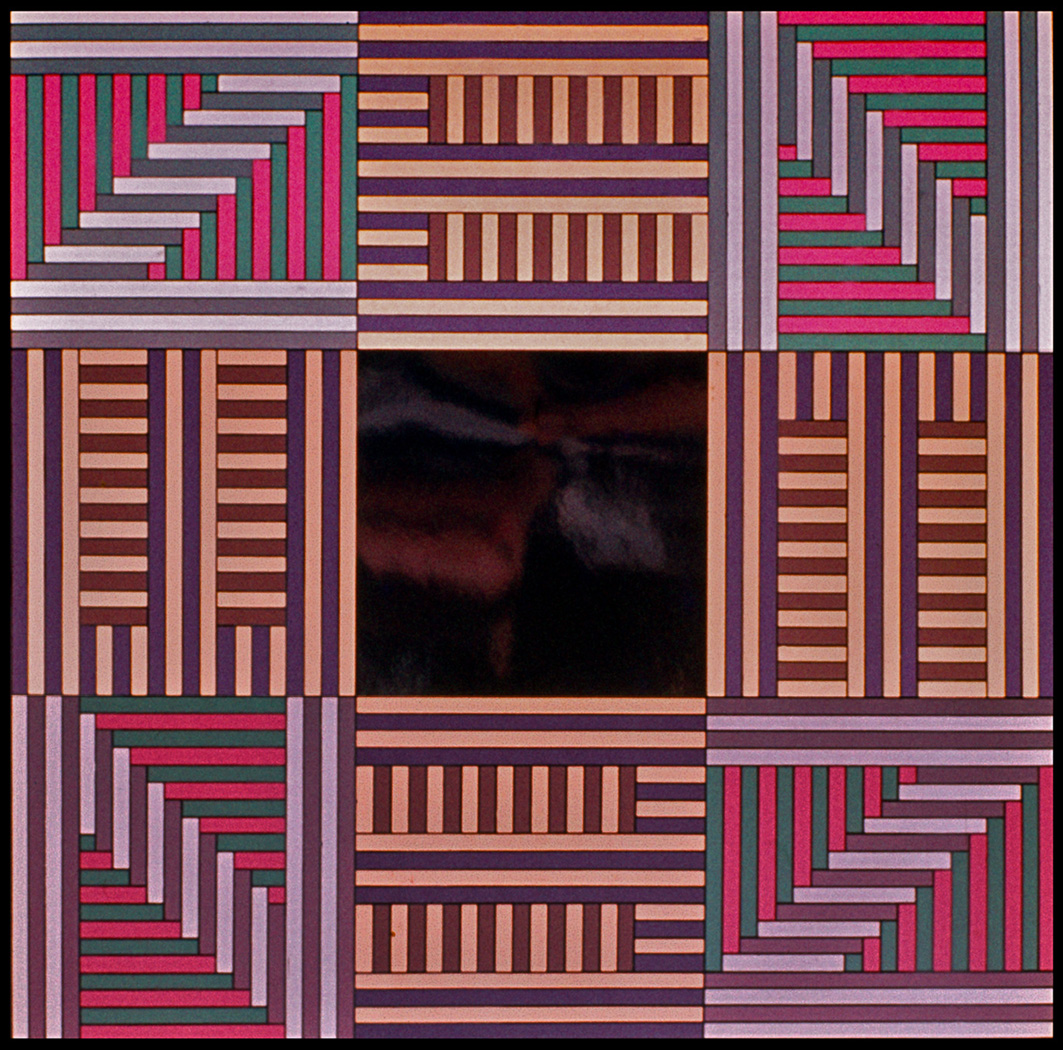1960 - 1970

Surfers. 1967. Acrylic on Masonite.

Figure study. 1968. Acrylic on canvas.

Portrait of Andy Warhol. 1969. Screenprint.

Color Picture. 1971. Screenprint.

Blue peel. 1969/70. Welded aluminum and duco.


Swing. 1971. Welded steel, glass, chain, acrylic and duco.

Swing demolished by determined gardener and Briggs & Stratton petrol lawn mower.

Sculpture. 1972.
Payne says:
Arriving at St Martins I was exposed to the hegemony of late Greenbergian modernism. My teachers Tony Caro, Philip King and William Tucker, but Caro in particular (holding a pre-eminent position in the school and at the time Britain’s top sculptor) were forceful in their reading of and critique of students work. They placed emphasis on sculpture’s horizontality and abstract purity. A sculpture engaged with itself, scorning verisimilitude, against socio-political imputations (theatre) and cognisant of David Smith’s legacy.
Having come out of a catholic art education, that perhaps naïvely placed creativity and experimentation and the heart of art practice, therefore I rejected modernist purist tenets in favour of diversity. Artists like Marcel Duchamp, for example revealed complex artistic possibilities in opposition to any formulaic canon.
Sculpture is a reaction to and a parody of the Schools cant. The spade references Duchamp’s ‘ready made’ In advance of a broken arm (1915). For the rest of the aggregation they are scrounged and found. The works horizontality (as opposed to the traditional verticality of sculpture) iterates the modernist formal canon. The semiotic implications of the individual elements are in conflict with the application of themselves in the canon. In that kind of sculpture the umbrella had to be horizontal.
Most of the student body in the Advanced Course at St Martins were comfortable not to query the party cult, and those that did where often set upon in critiques or ignored completely. Braco Dimitrijevic, a Yugoslavian student and emerging young artist within Europe worked conceptually. Although employing a traditional portrait form, his temporary monuments set up clandestinely in public parks, saw him far removed from the mainstream. Large portraits of anonymous persons decorated London busses were deemed beyond the pale. Our discussions over pasta and on grass courts playing tennis and in pubs playing darts often focused on the rigidity of the school. One response to the cultish-ness of the school, first made using plastic letters, turned the word sculpture into an anagram spelling “pure cults”, later reproduced in neon for my first solo exhibition in Johannesburg.


Swing II. 1972/73. St Martins variation. Welded steel, canvas, glass, profile cut steel, duco.

Pure Cults. 1973/74. Neon.

Color test. 1974. Screenprint. Collection: South African National Gallery.

Rorschach Test. 1974. Screenprint. Collection: South African National Gallery.

Payne variations. 1973/74. Screenprint.

In geval van nood stamp die ruit uit. (In case of emergency, break the glass) 1974. One way glass, CCTV and screenprint
At this time Payne is attracted to performing some of his ideas that use the medium of television and slide projection.See link: Conceptual_typings.pdf

Payne's image is introduced into his ID card using blue screen, 1974/5.

Stella. 1974. Screenprint.

ZEN Poem. 1974. Screenprint on high gloss black paper.

Titles to follow. 1977. Mild steel.
Payne produced a series of steel sculptures after a trip to the USA in 1976. He says he did so to "exorcise his ghosts of modernist abstraction". The works were finally exhibited on a solo exhibition at the Johannesburg Art Gallery. They were subsequently installed on loan in the grounds of Johannesburg University. Sometime in the early 1980s Payne instructed that they should all be destroyed.



Composite view Johannesburg Art Gallery 1978.

Stromboli. 1979/80. Casein and Caran d'Ache aquarelle on board.